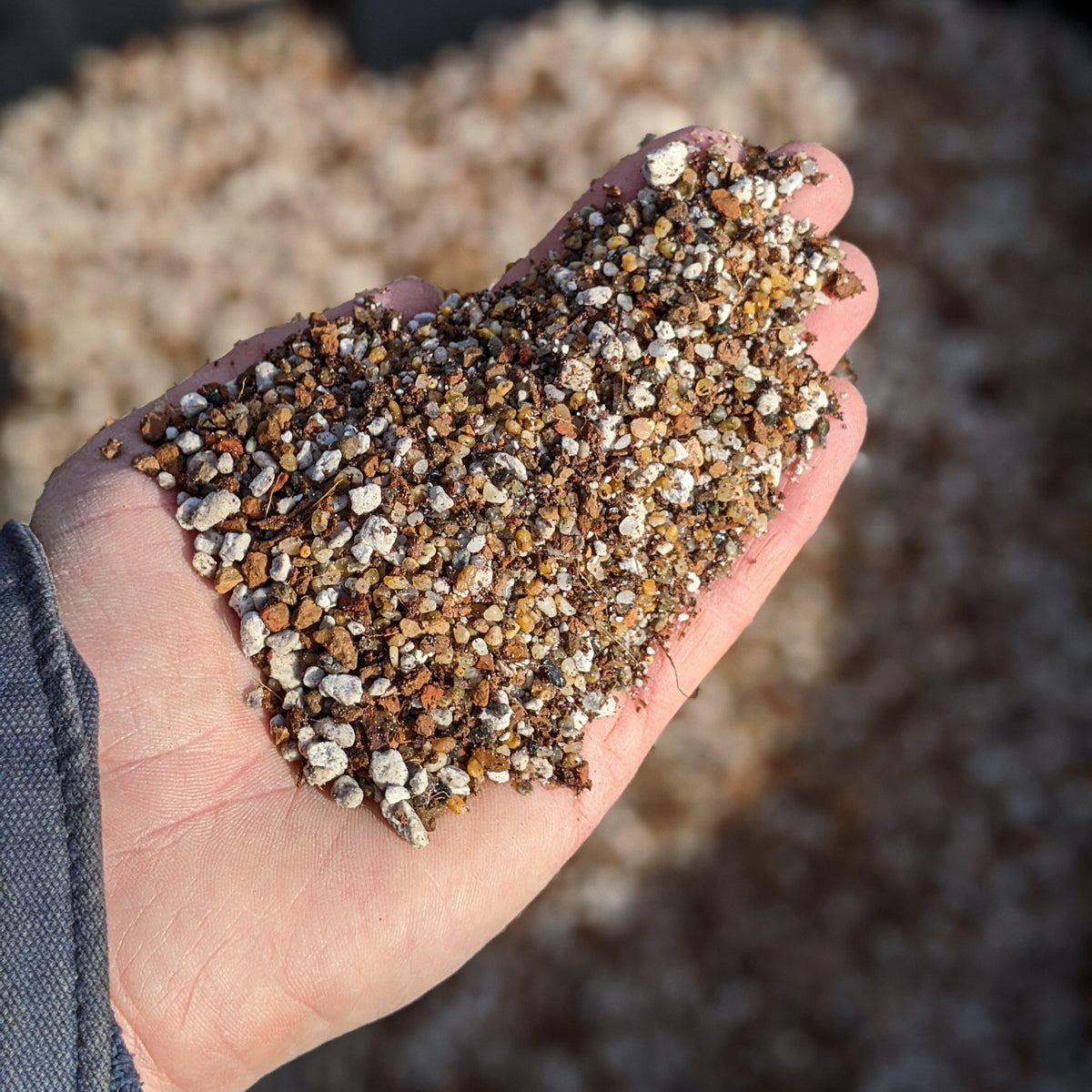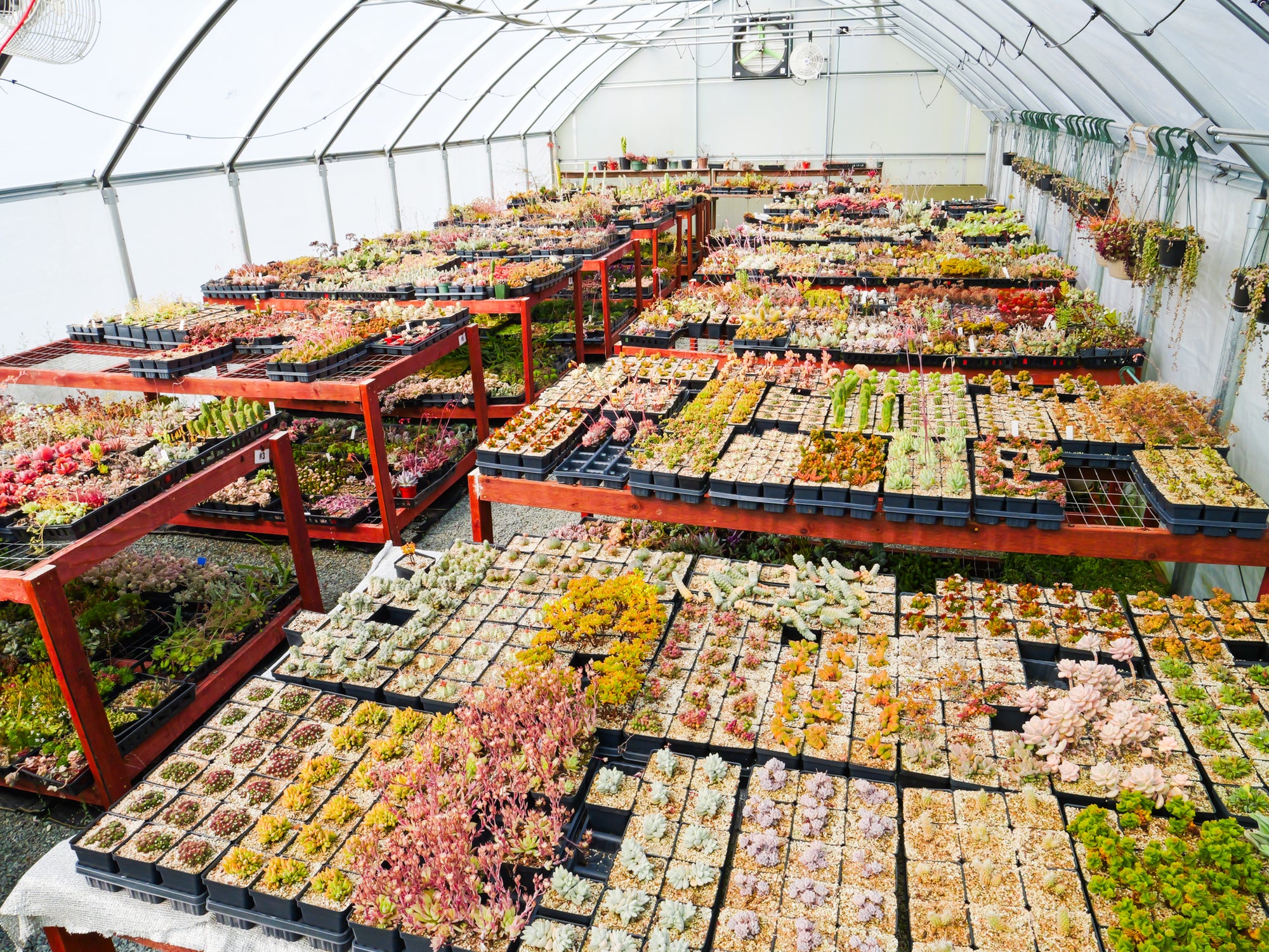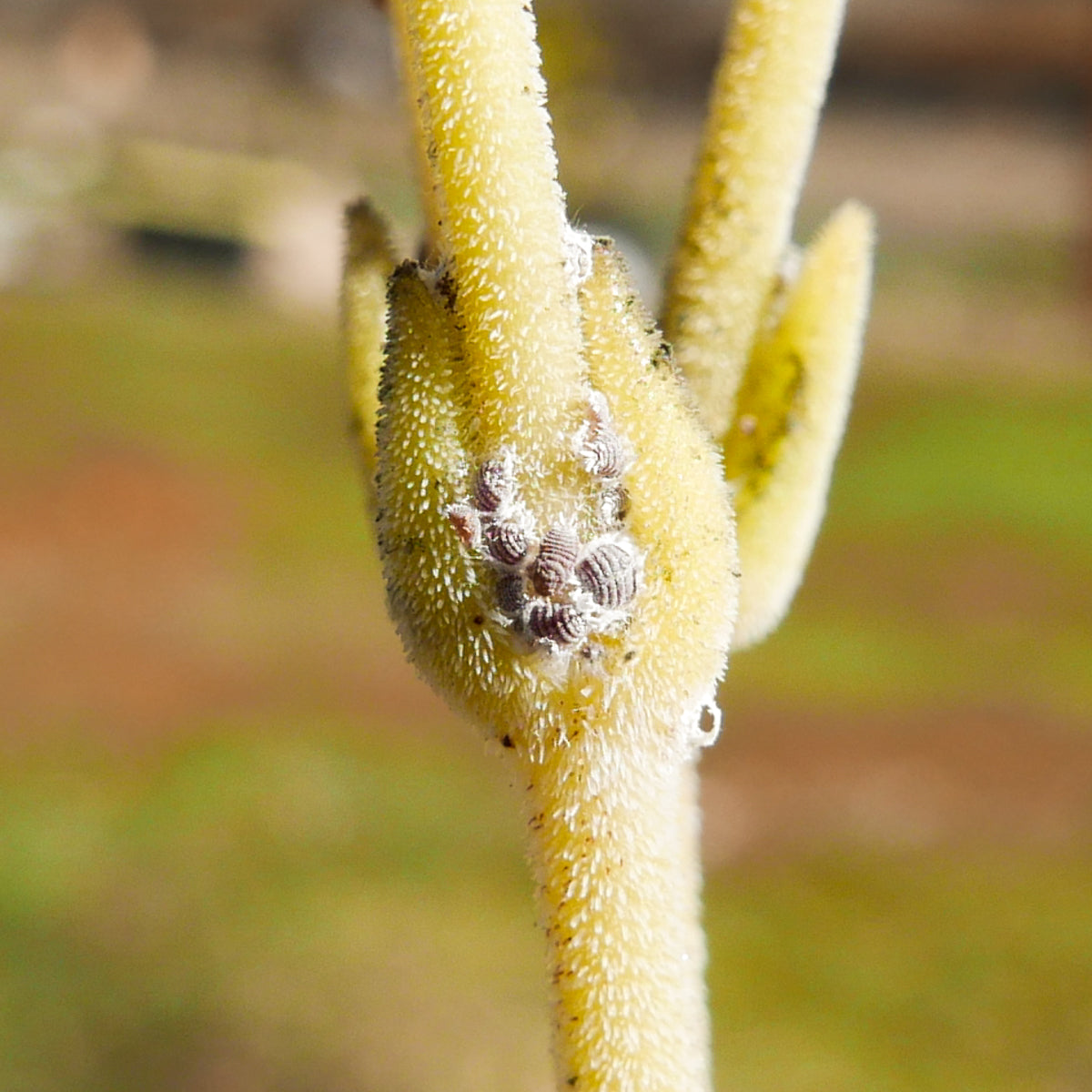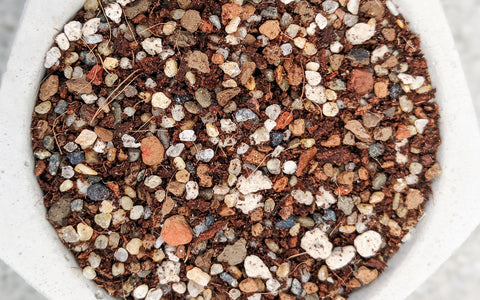
Whether you’re new to succulents or you’re a hardcore collector, you’ve no doubt had questions about the right kind of soil to place them in. There’s nothing worse than watching a beautiful plant struggle because it’s been placed in the wrong type of soil.
Since succulents are desert plants, they’re adapted to a dry environment, and thrive in especially dry soil. Of course, some succulents are more sensitive to wet soil than others, depending on their variety. In particular, rare succulents like Crassula barklyi or Echeveria rainbow are much more temperamental about their surroundings. More mainstream succulents are less finicky and more likely to survive, even in less than ideal soil.
Below I've rounded up some tips about maintaining the perfect soil for your succulents, and even included the ingredients in my “secret recipe” for Vivid Root’s signature soil mix.
#1 - Invest in a good mix
My advice for anyone trying to invest in more interesting, exciting succulents is to invest in high-quality, carefully mixed soil. Long before I founded Vivid Root, I struggled with store-bought soil mix, even when it was specially made for succulents.
Rather than continue to use conventionally-made mix and cross my fingers that it would work for my plants, I decided to invest in experimenting to create the perfect mix for my rare succulents. It took some time, but after getting all the components just right (more on that later), I found my succulents were not only surviving, but thriving.
#2 - Get gritty with it
This tip may surprise some avid conventional gardeners, but planting a succulent in soft, dark soil is harmful to any succulent. It’s an easy mistake to make; soft soil seems so much healthier for a plant, doesn’t it? But for desert plants, grit is vital. Anything too wet or too dense can lead to rot in your plant, so it’s important to avoid overly damp dirt at all costs. It’s essentially re-creating their natural habitat: dry dirt and sand. Sand is one of the many components that makes my soil mix successful, but I also recommend adding additional “gritty” elements to support your succulent’s growth. Below, we’ll go through all of the ingredients I use in my mix to create a gritty, loamy environment perfect for rare succulents.
#3 - Humidity matters
Your outside environment should factor into your soil mixture, especially if you live in a humid climate. I live in a dry climate and this soil mix works great for me. If you live in a humid climate, you might want to reduce the organic coco coir component even more to compensate. More on this below.
#4 - Drainage + absorption
The perfect succulent mix will do two things at the same time: it will allow for drainage of the majority of the water it receives, while simultaneously absorbing some of the water for the benefit of your plant. The right ratio of these two factors is important: too much drainage and your succulent won’t get any water at all, too much absorption and your plant will be at risk for rot.
#5 - It’s all in the mix
After massive amounts of trial and error, I’ve found that these four ingredients in the right ratio has it all: drainage and absorption, grit, protection from root rot, and it’s even environmentally friendly. This certainly isn't the only recipe out there, but it works great for me. It's up to you to find what works best with your climate and the materials available to you.

We start with coco coir, which is shredded coconut husk. Coco coir is a very eco-friendly product because it would otherwise be considered waste, and it replaces peat-moss which can be destructive to harvest. Coco coir absorbs water and nutrients, letting the plant roots access it for a little longer.
Coco coir can be purchased in compressed bricks at many home garden centers or online.
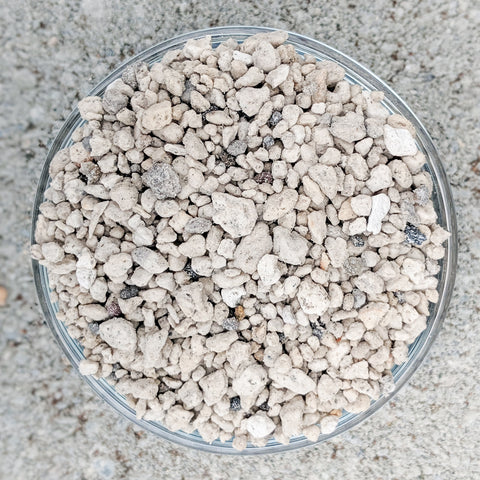
Then, add pumice; you might already be familiar with pumice, a porous rock that lets water drain through it. All the little holes in the stone hold onto the water for a little while and let the plant roots absorb it without allowing the soil to get soggy. It also keeps some air in the soil and prevents the mix from getting compacted. Do not confuse this with perlite, which is a very lightweight material that will float to the top of your mix.
Pumice can be hard to find. I use 1/8in pumice from General Pumice Products (not pictured). You can also look for Dry Stall at a local feed store, it's used for horse stalls. Dry Stall is pumice, but do not get it confused with Stall Dry, which is not pumice.

We mix in coarse sand to keep the soil loose so that water can drain through it easily. The best sand has larger grains and sharper edges, not smooth rounded grains. Keeping the soil less compacted and more loose is preferable, because if it gets too compacted then water will not be able to get in at all.
I get my course sand at a local sandblasting supply shop. I ask for the coarsest sand they have, and it usually comes in 100lb bags. If I'm lucky they have 50lb bags which are much easier to carry, or broken bags that they give me for free.
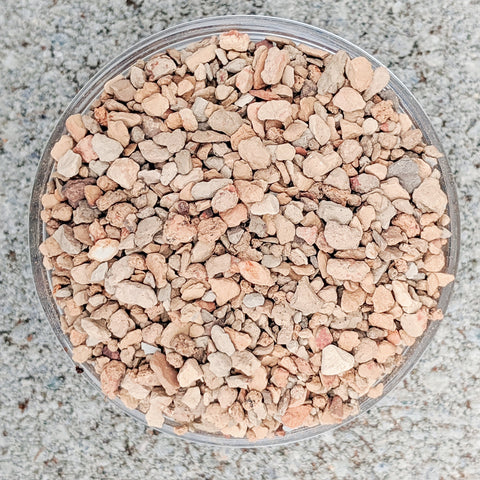
Finally, I top it off with calcined clay (turface), a unique material made up of granules of fired clay. It’s the perfect finishing ingredient because keeps the mix from getting compacted, and absorbs extra moisture to keep things from getting too wet.
Turface is usually used on baseball diamonds, and is available at some irrigation and landscape supply companies.
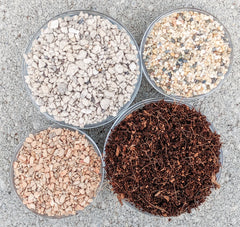
For a long time I mixed these ingredients by hand, but now I'm the proud owner of a cement mixer which makes the process go waaaay faster.

Vivid Root Soil Mix Recipe
- 3 parts pumice
- 2 parts coco coir
- 1 part sand
- 1 part turface
I no longer sell my soil mix, but I hope this information helps you make your own. Good luck!

